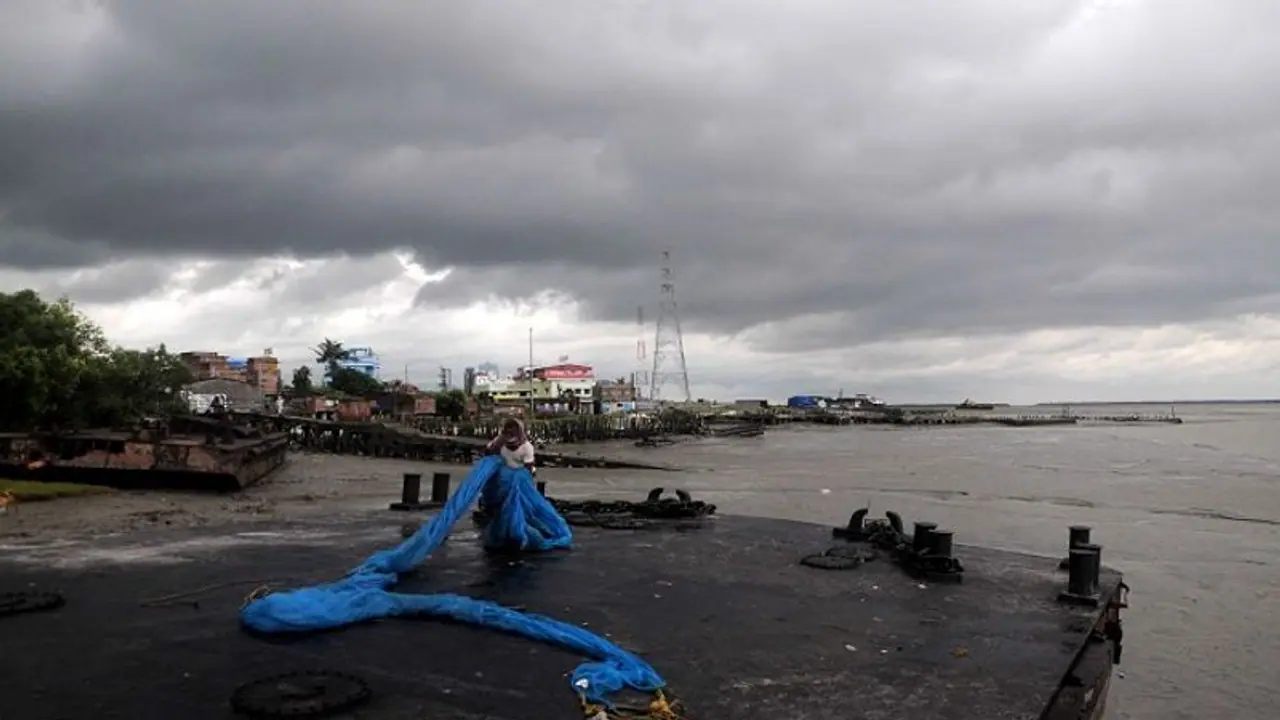It is reportedly said that Cyclone Hamoon presently registers as a deep depression over the west-central Bay of Bengal. However, it is anticipated to intensify within the next 12 hours, eventually maturing into a cyclonic storm.
While India immerses itself in the vibrant and festive atmosphere of the nine-day-long Navratri celebration, meteorological concerns are taking center stage, especially in West Bengal. Known for its grand pandals and enthusiastic Navratri celebrations, the state faces the potential threat of heavy rainfall due to Cyclone Hamoon, currently brewing over the Bay of Bengal.

It is reportedly said that Cyclone Hamoon presently registers as a deep depression over the west-central Bay of Bengal. However, it is anticipated to intensify within the next 12 hours, eventually maturing into a cyclonic storm. The storm's path is projected to lead it on a north-northeastward trajectory, with landfall expected between Khepupara and Chittagong on the coast of Bangladesh, slated for Wednesday.
Mumbai horror: Two including a minor dead, three injured in massive Kandivali fire
Throughout its course, Cyclone Hamoon is set to bring substantial rainfall to India's eastern states, including West Bengal and Odisha. What compounds the concern is that this rainfall coincides with the concluding days of the Navratri festival, raising apprehensions about the impact on the festivities.
The celebration of Navratri, a nine-night Hindu festival dedicated to the worship of the goddess Durga, involves colorful processions, vibrant decorations, and traditional dance performances. However, the potential for heavy rainfall poses challenges to these outdoor festivities, potentially affecting public gatherings and cultural events.
Cyclone Hamoon derives its name from Iran, as it was the Iranian meteorological agency that christened it. The name 'Hamoon' is of Persian origin and refers to inland desert lakes or marshlands. These seasonal reservoirs form naturally in regions adjoining the Helmand basin.
As the cyclonic storm gathers momentum and moves towards the coast of Bangladesh, vigilance and precaution are essential for the safety of the affected regions, particularly West Bengal and Odisha. The convergence of nature's power and human celebrations underscores the need for preparedness and adaptability in the face of meteorological uncertainties.
Explained: Why Mumbai's air quality has significantly deteriorated and what is being done
